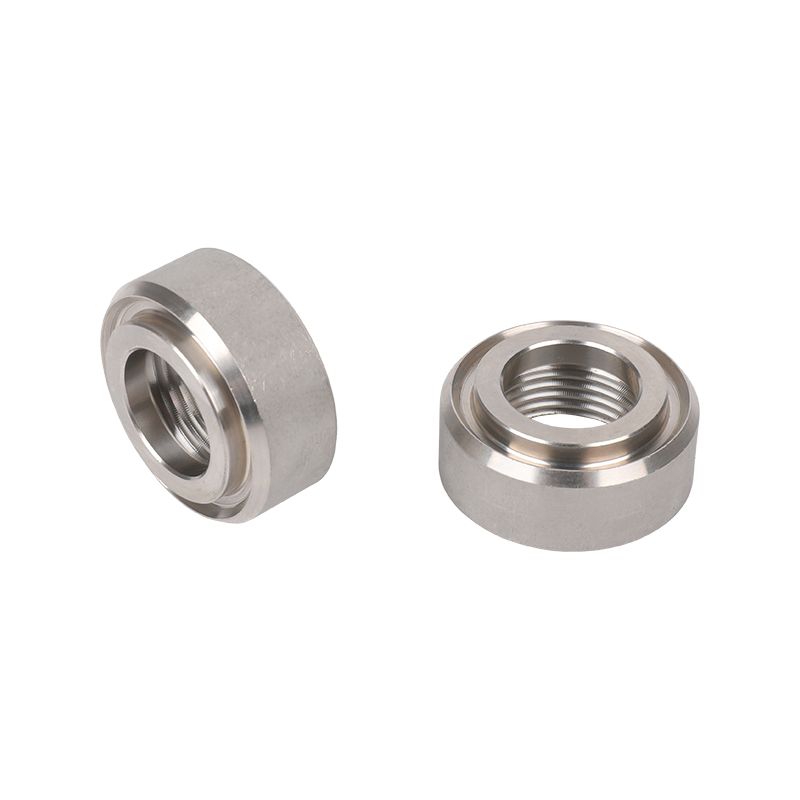What are hydraulic quick connect fittings and how do they work?
Author:admin Date:2023-05-15
Hydraulic quick connect fittings are specialized couplings that allow for easy and quick connections and disconnections of hydraulic lines in a fluid system. They consist of two main parts: a male fitting and a female fitting. The male fitting has a tapered end with threads on the outside, while the female fitting has a matching tapered surface with threads on the inside. When the two fittings are brought together, the tapered surfaces seal against each other, creating a tight, leak-free connection.
To connect the fittings, the male fitting is inserted into the female fitting and rotated until the threads engage. The fittings are then tightened with a wrench until they are snug, creating a secure connection. To disconnect the fittings, the process is reversed. The user pulls back on the collar or sleeve of the female fitting, which releases the locking mechanism, allowing the male fitting to be removed.
Hydraulic quick connect fittings are commonly used in a variety of hydraulic applications, such as heavy machinery, construction equipment, and industrial systems. They provide several benefits, including reduced downtime during maintenance, increased productivity, and improved safety. Additionally, quick connect fittings help prevent contamination of hydraulic systems by reducing the amount of time that lines are exposed to the environment during maintenance.
Female sleeve used on auto

Automotive hose fittings are connectors that are used to attach hoses to various components in a vehicle's fuel, cooling, and brake systems. These fittings are typically made of metal or plastic and are designed to provide a secure connection between the hose and the component it is attached to. Some common types of automotive hose fittings include:
Flare fittings: These fittings are used to connect hoses to metal tubes and are designed to seal the connection by compressing the flared end of the hose onto the fitting.
Barbed fittings: These fittings have small, pointed protuberances on the inside of the fitting that grip the hose and hold it in place.
Quick-connect fittings: These fittings have a spring-loaded collar that allows the hose to be easily attached and detached from the fitting.
Threaded fittings: These fittings have threads that allow them to be screwed into place, creating a secure connection between the hose and the component it is attached to.
It is important to use the correct type of hose fitting for the specific application in order to ensure a secure and leak-free connection. Using the wrong type of fitting or improperly installing the fitting can result in fluid leaks, which can cause damage to the vehicle and potentially create a safety hazard.


 English
English Deutsch
Deutsch











